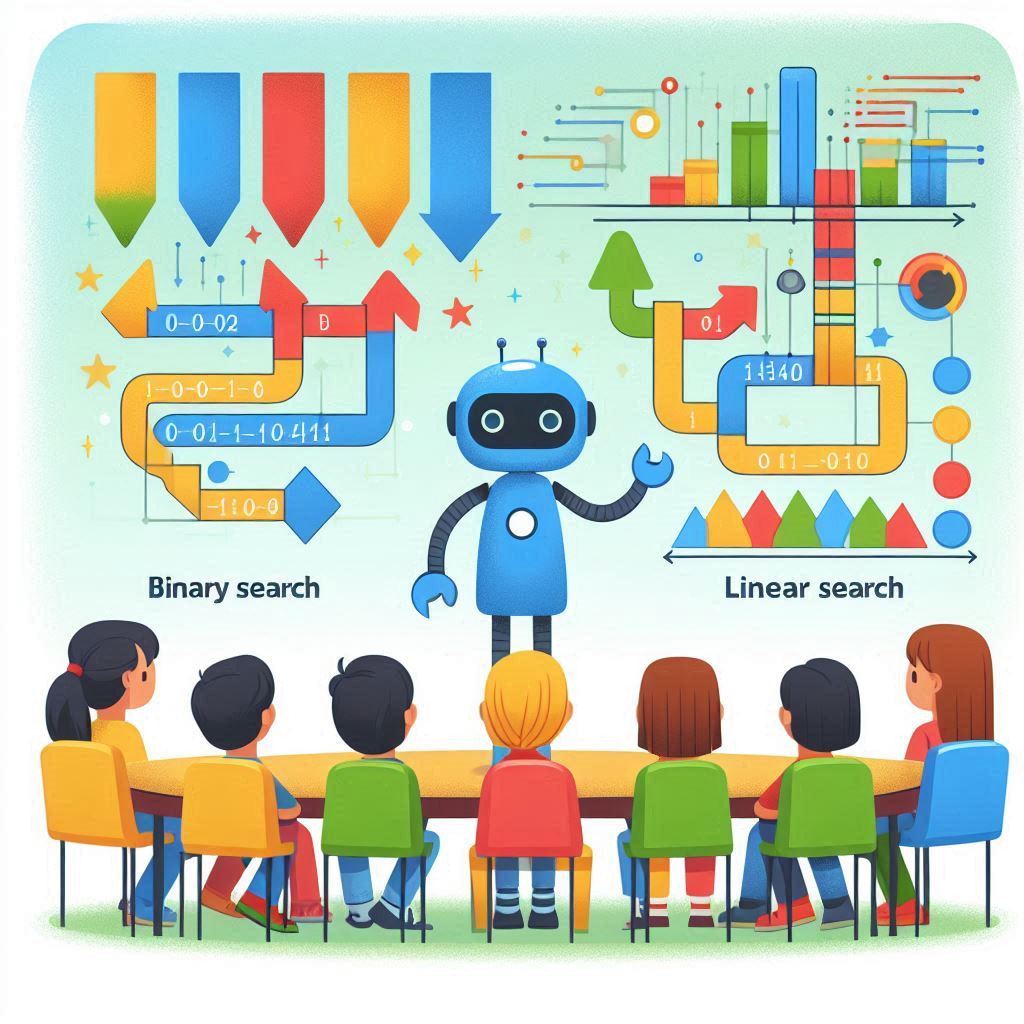Category: Code Ecology
-
The Fibonacci Sequence and the Golden Ratio
Lucas Numbers: The Missing Link Between Fibonacci and the Golden Ratio The study of the Golden Ratio naturally leads to its close connection with Fibonacci numbers. These two concepts are not merely related by a simple formula—they describe each other in deep, recurring ways. However, there’s a lesser-known yet essential companion to this mathematical relationship:…

-
Data Structures for Disjoint Sets
Overview Disjoint-set data structures, also known as union-find structures, manage a dynamic collection of non-overlapping sets. They are crucial in problems that involve connectivity and group membership, such as network clustering, image processing, and graph algorithms. The core operations supported are: These operations are designed to be fast—even across large sequences of updates—especially when combined…

-
Introduction to Assembly Language Programming: A Hands-On Gateway to Computer Architecture
Have you ever wondered what lies beneath the high-level languages we use every day like Python, Java, or C++? At the heart of every computer, there’s a language that speaks directly to the hardware: assembly language. Although often considered arcane, learning assembly provides a powerful, hands-on understanding of how computers really work. In this article,…
-
Introduction to Deep Learning: From Logical Calculus to Artificial Intelligence
Enter Fullscreen Mode Summary This textbook presents a concise, accessible and engaging first introduction to deep learning, offering a wide range of connectionist models which represent the current state-of-the-art. The text explores the most popular algorithms and architectures in a simple and intuitive style, explaining the mathematical derivations in a step-by-step manner. The content coverage…

-
The Evolution and Fundamentals of Data Science
Introduction to Data Science: Concepts and Practice Data science represents a sophisticated collection of methodologies used to extract actionable insights and value from data. In today’s data-driven world, it has become indispensable for organizations that gather, store, and process large volumes of information. At its core, data science is about uncovering meaningful patterns, relationships, and…
-
Parallel Computer Architectures: How Modern Systems Multiply Their Brainpower
In today’s world, computing demand far outpaces what a single processor can deliver. Whether simulating the cosmos, designing drugs, or rendering 3D graphics in real-time, the hunger for performance is insatiable. But there’s a limit to how fast a single chip can go—so instead of making processors faster, engineers make them work together. This is…
-
Binary Search vs. Linear Search
Binary Search vs. Linear Search: The Art of Finding What You Need Fast In computer science, searching is everything. Whether it’s looking up a contact on your phone or querying a massive dataset in a cloud database, how you search can dramatically impact performance. In this post, we’ll explore two fundamental techniques: Linear Search and…

-
Elementary Graph Algorithms Explained: Concepts, Code, and Real-World Use Cases
Introduction Graphs form the backbone of many systems we use daily—navigation apps, social networks, recommendation engines, and more. Understanding how to represent and traverse graphs is essential in computer science. This article focuses on elementary graph algorithms: how graphs are represented, and how to explore them using breadth-first search (BFS) and depth-first search (DFS). Graph…
-
Why Computers Think in Binary: The Magic of Bits, Overflow, and Floating-Point Reality
Have you ever stopped to wonder how your computer handles numbers under the hood? What seems like a simple task—adding, subtracting, or dividing—is actually constrained by strict rules and limitations. Unlike humans, computers operate in a world of finite precision and binary logic. In this post, we explore the foundational ideas of binary numbers and…
-
Codifying Trust: Creating and Securing Server OS Images with AWS AMIs
In modern cloud infrastructure—especially in environments that span multiple classification domains—custom Amazon Machine Images (AMIs) become a foundation for secure, reproducible, and compliant server deployments. Whether you’re building hardened Linux images, enforcing baseline security controls, or deploying across environments with varying security postures (e.g., IL2, IL4, IL6), scripting AMI creation and management ensures consistency and…





